The Council last night approved on a 4-1 vote (I opposed) establishing a temporary/experimental bike loop near the downtown core.
I’m not opposed to giving people a chance to ride their bikes. In fact, I had just voted to approve the Pedestrian/Bicycle Master Plan (with the caveat it be quickly augmented to cover more of the city).
No, what’s concerned me throughout the several reviews we’ve had of this pandemic-inspired experiment is it misses the mark. What we should do is implement a “Slow Streets” program.
“Slow Streets” is about much more than providing recreational opportunities although it does that, too, and generally closer to home. It’s based on a recognition the pandemic, by forcing people to shelter-in-place and stay near home, has increased the use of residential streets by pedestrians, kids playing and bicyclists.
That fundamentally changes, IMHO, the way our streets are being used. And in such a way I would expect the risk of accidents to increase…unless we do something about it.
That’s where “Slow Streets” can play a role. All a “slow street” is, is a regular (generally residential) street with “passable barricades” at each intersection that announce “Slow Streets Zone. Proceed with Caution”. The barricades, while passable, are sized and positioned such that you can’t just drive past them; you have to slow down and maneuver around them. At which point, hopefully, you’ve read the sign and modified your driving behavior/speed.
The “bike loop” doesn’t do that, except, perhaps, by accident. Moreover, as you can see from this map:

much of the area encompassed by the loop is one of the most densely populated, heavily traveled and highly parked up areas of San Carlos. Because it’s right next to our downtown core.
I invite you to think about all of the interactions that could take place as bicyclists deal with traffic, cars pulling in and out of parking spaces, etc. Because the loop won’t be closed to vehicular traffic while it’s in operation as a recreational venue.
Some have argued the bike loop will give us valuable information we can use to consider a future “Slow Streets” program. To which I ask, in the words of a famous football running back: “Why go side to side when you can just run down the field?”
While that isn’t always the best choice for a running back (unless you’re really fast) it does highlight something important. If you want to see how a program works, run the program you want to evaluate. If you can. Which we certainly could’ve chosen to do in the case of “Slow Streets”.
I hope the bike loop succeeds and people enjoy it. But we could’ve done so much more, on a wider basis, with more longer-term benefits if we’d been willing to dream a bit bigger, and worked to make our dream a reality.
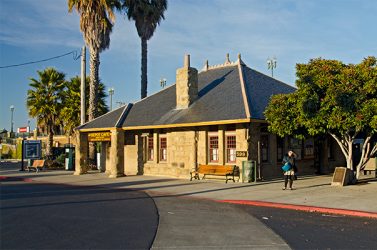
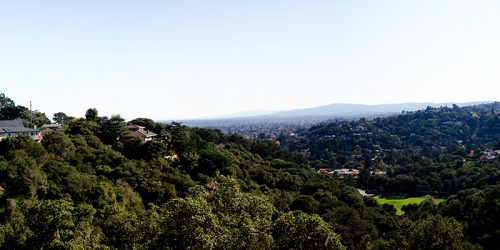
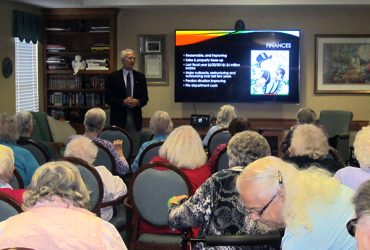

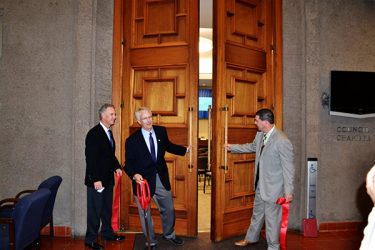
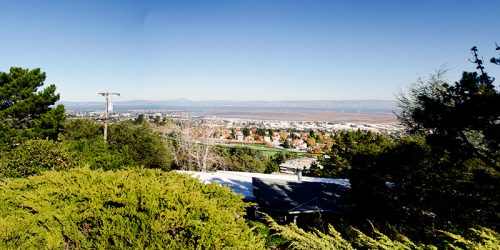

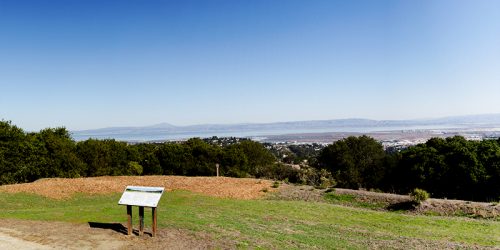
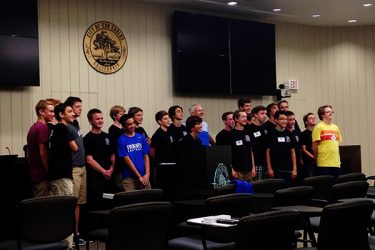
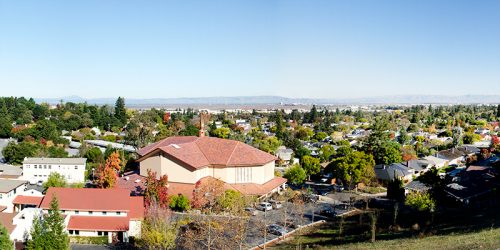

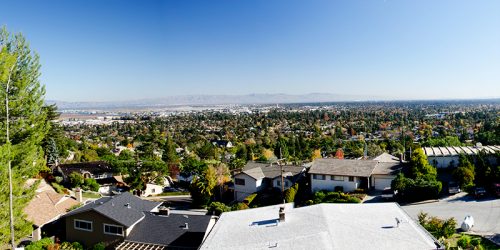
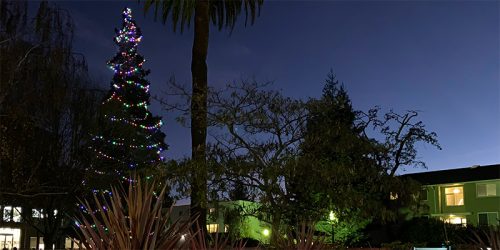
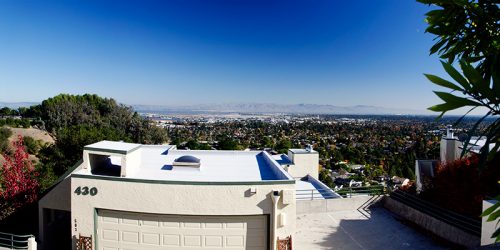
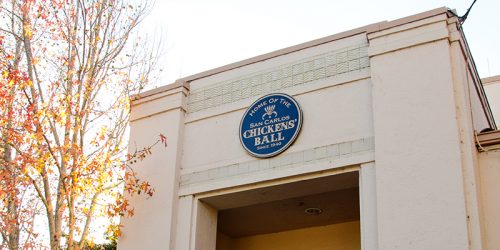
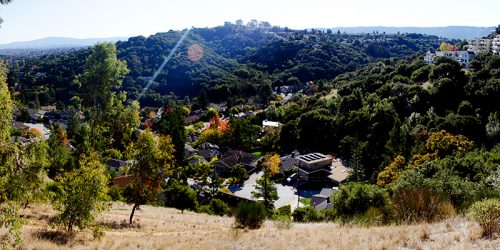
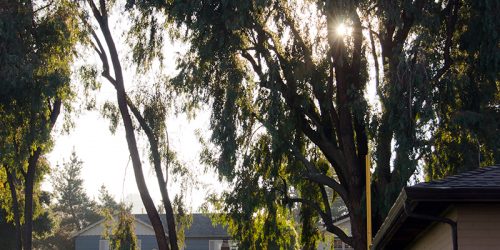
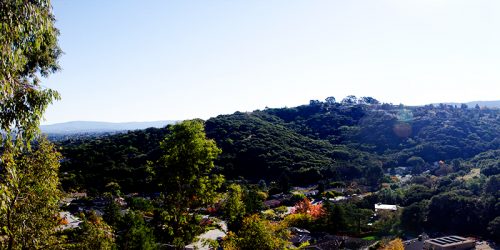
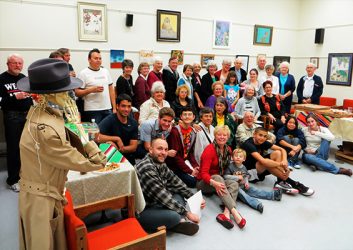
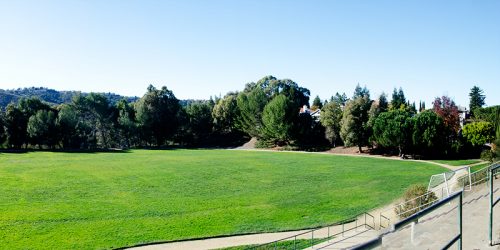

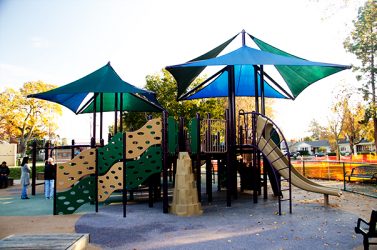
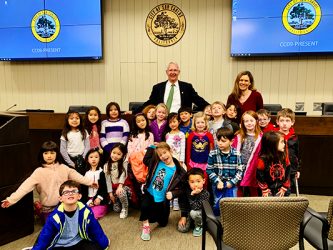



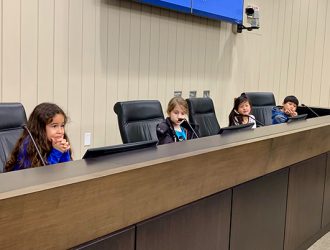
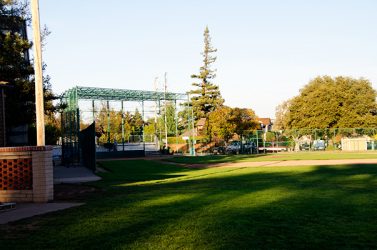
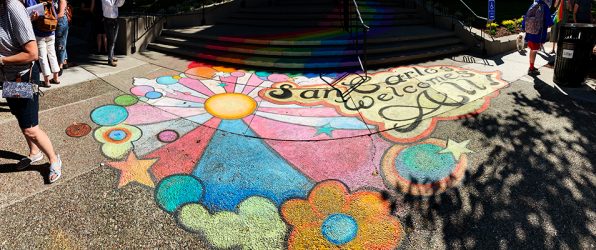
12 thoughts on “Dreaming Bigger Would’ve Been Much Better”
Agree 100% with the need for a slow streets approach to this. It’s working beautifully in Redwood City!
That’s my understanding, too. In fact the general reaction in the communities that have tried it is positive.
Right on target MarkO! The bike loop plan is ok if we wanted weekend rides that we can already do. But the streets are full of people rightly distancing and being with their families during the pandemic. Slow Streets as successfully implemented in many towns creates safety for walkers, bikers, cars every day all the time without hardship. Why can’t our town adopt these best practices on the routes identified NOW?
Thanks Mark! I completely agree with your assessment. And as someone who loves to bike, I would have loved to have seen Slow Streets put in place in San Carlos.
How is a “bike loop” any different to the roads we already have?
Elm/Howard/Brittan/St. Francis are all roads I avoid when biking with my children because there’s so many cars driving down them and parked to the side.
Hi Justin,
The difference is simple…but critical, IMHO.
Neither bike loops nor slow streets close streets to vehicular traffic. Closing a street is a significant change and severely disrupts normal access to it (e.g., residents getting to and from their homes, deliveries being made, service vehicles going to do repair work at homes). That’s why closing a street entirely is rarely done and usually on for one-off, short-term reasons in non-residential areas (e.g., closing sections of Laurel Street for Farmers’ Market).
Slow streets have large sign barriers placed at the intersections defining the slow streets “zone” (typically a single street but it can cover multiple blocks of it). Vehicles, including delivery trucks, can get around the signs…but they have to slow down and maneuver carefully to do it.
That’s the key difference: forcing drivers to recognize they have entered an area where they are more likely to encounter people and kids in the street, bicyclists, etc. And forcing them to slow down. The combination changes the way people drive (well, almost all people), making the slow streets zone safer.
The bicycle loop has signage announcing the existence of the loop. But it’s intended merely to notify, not force vehicles to slow down and maneuver. Consequently, IMHO, it’s not as safe. We’ve all seen how there are some drivers who think nothing of whipping around even traffic circles, let alone running stop signs and otherwise generally behaving badly.
Slow streets don’t, unfortunately, keep those people off the road. But they do force them to slow down (and hopefully think a little about how they’re behaving) in order to keep their vehicles from being damaged. By playing off that self-interest the slow streets zone is made safer.
Of course, for the majority of drivers, who are diligent and responsible, the slow streets signage is just a reminder to do what they generally do anyway: look out for people, bikes and kids in the road. But it’s still a helpful reminder, even for them.
Mark,
I do not understand the purpose of the bike loops…. u mean people who live here do not know the streets? Also why put loops on bust streets…. there will be more accidents… how long is this ‘pilot program’ and are the hours of these ‘ loops’ restricted? I figured those who wanted these loops made sure it was not going thru the streets where they live… and I am sure those metal poles will remain there even after the SIP is over too…
Sorry, Ron, but I don’t understand them either…which is one of the reasons I didn’t support them.
I encourage you to contact Steve Machida, our public works director, and Ron Collins & Adam Rak, the Council members who serve on the subcommittee that came up with the plan.
I think we may be confusing slow streets with bicycle routes. Slow streets, by definition, are designed to slow traffic down to 10 – 15 miles per hour and to discourage through auto traffic. They work best in small block residential neighborhoods where each block can be controlled for traffic. For example, if a typical residential block has for some reason become a through traffic street (per WAYS or other reason), the residents on that street could decide to make it a dead end street with access from only one end and removable barriers at the other end for emergency vehicles. That would still allow deliveries and resident’s vehicles to use the street, but eliminate the cars just “driving through”. It could also allow both pedestrians and bicycles to penetrate the “dead end” barrier to connect the block to adjacent blocks and more distant destinations thus encouraging bike and pedestrian mobility.
A standard street with a bike lane is not a slow street.
I agree, David. But I don’t think it’s a misunderstanding — it’s a hesitancy to do something that staff, for reasons that are unclear to me, really doesn’t like (i.e., slow streets).
Mark, thought I posted this question but cannot find it: will the city be installing more bike racks downtown to accommodate bikes and scooters etc?
I don’t believe so, Valerie.